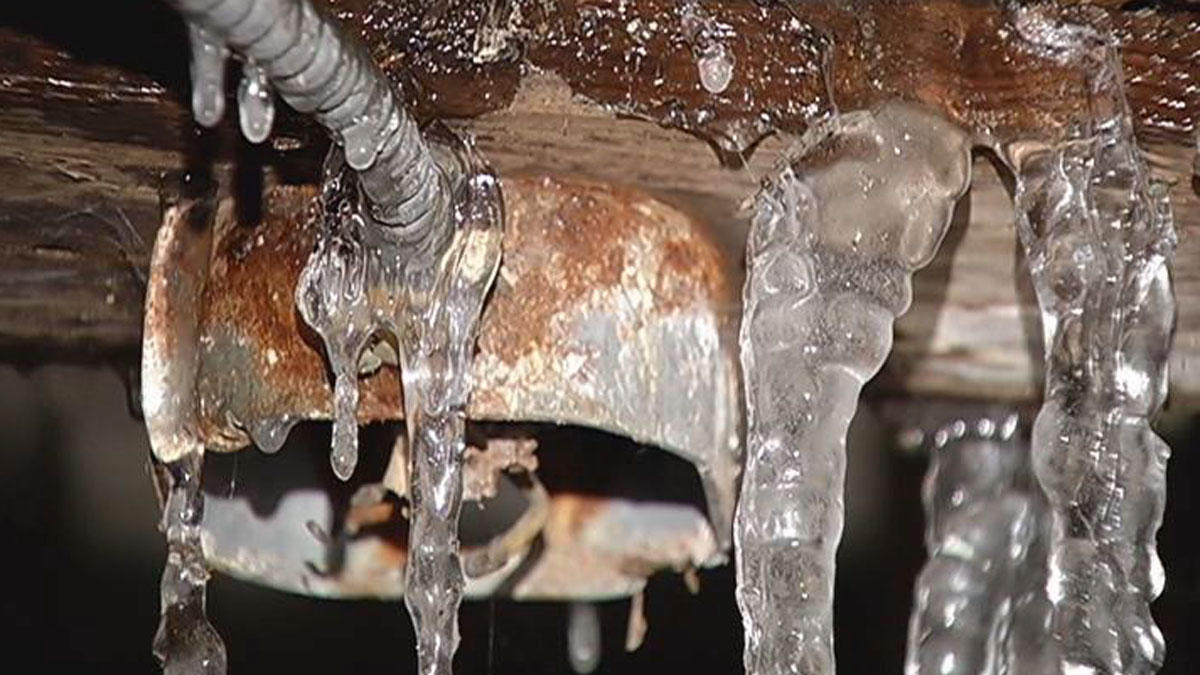How do you feel on the subject of 6 Ways to Prevent Frozen Pipes?

Cold weather can damage your plumbing, especially by freezing pipes. Below's exactly how to prevent it from happening and what to do if it does.
Intro
As temperatures decrease, the threat of frozen pipes rises, potentially causing pricey repair work and water damages. Understanding how to prevent frozen pipes is essential for homeowners in cold climates.
Recognizing Icy Pipelines
What creates pipelines to freeze?
Pipes ice up when subjected to temperatures below 32 ° F (0 ° C) for extended periods. As water inside the pipelines ices up, it expands, taxing the pipeline walls and possibly triggering them to burst.
Risks and problems
Frozen pipelines can result in water system interruptions, building damage, and pricey repair services. Burst pipelines can flood homes and create substantial architectural damages.
Signs of Frozen Pipes
Determining frozen pipelines early can avoid them from rupturing.
Exactly how to determine icy pipes
Seek reduced water flow from taps, unusual smells or noises from pipes, and visible frost on subjected pipelines.
Avoidance Tips
Insulating susceptible pipes
Wrap pipes in insulation sleeves or use warm tape to secure them from freezing temperature levels. Focus on pipes in unheated or outside areas of the home.
Heating techniques
Maintain interior areas appropriately warmed, particularly areas with pipes. Open up closet doors to allow cozy air to distribute around pipelines under sinks.
Securing Outdoor Pipes
Garden pipes and outside taps
Detach and drain pipes garden tubes prior to winter months. Mount frost-proof faucets or cover outdoor taps with protected caps.
What to Do If Your Pipelines Freeze
Immediate activities to take
If you presume icy pipes, maintain taps available to eliminate pressure as the ice melts. Utilize a hairdryer or towels taken in hot water to thaw pipelines slowly.
Long-Term Solutions
Structural changes
Consider rerouting pipelines away from exterior wall surfaces or unheated areas. Include additional insulation to attic rooms, cellars, and crawl spaces.
Upgrading insulation
Purchase high-grade insulation for pipelines, attics, and wall surfaces. Correct insulation aids maintain consistent temperatures and reduces the danger of frozen pipelines.
Conclusion
Avoiding frozen pipes calls for positive steps and quick reactions. By understanding the reasons, indicators, and preventive measures, property owners can safeguard their pipes during cold weather.
5 Ways to Prevent Frozen Pipes
Drain Outdoor Faucets and Disconnect Hoses
First, close the shut-off valve that controls the flow of water in the pipe to your outdoor faucet. Then, head outside to disconnect and drain your hose and open the outdoor faucet to allow the water to completely drain out of the line. Turn off the faucet when done. Finally, head back to the shut-off valve and drain the remaining water inside the pipe into a bucket or container. Additionally, if you have a home irrigation system, you should consider hiring an expert to clear the system of water each year.
Insulate Pipes
One of the best and most cost-effective methods for preventing frozen water pipes is to wrap your pipes with insulation. This is especially important for areas in your home that aren’t exposed to heat, such as an attic. We suggest using foam sleeves, which can typically be found at your local hardware store.
Keep Heat Running at 65
Your pipes are located inside your walls, and the temperature there is much colder than the rest of the house. To prevent your pipes from freezing, The Insurance Information Institute suggests that you keep your home heated to at least 65 degrees, even when traveling. You may want to invest in smart devices that can keep an eye on the temperature in your home while you’re away.
Leave Water Dripping
Moving water — even a small trickle — can prevent ice from forming inside your pipes. When freezing temps are imminent, start a drip of water from all faucets that serve exposed pipes. Leaving a few faucets running will also help relieve pressure inside the pipes and help prevent a rupture if the water inside freezes.
Open Cupboard Doors
Warm your kitchen and bathroom pipes by opening cupboards and vanities. You should also leave your interior doors ajar to help warm air circulate evenly throughout your home.
:strip_icc()/snow-outdoor-faucet-pipes-4af65d1e5e904fb1aa7bf74071fe5d89.jpg)
I'm very enthusiastic about How to prepare your home plumbing for winter weather and I really hope you enjoyed reading our blog entry. Sharing is nice. You just don't know, you may be doing someone a favor. I thank you for your readership.
Call Today